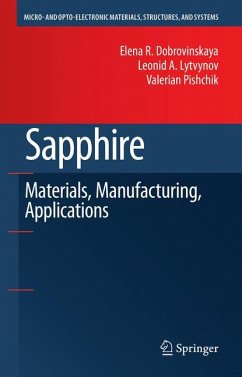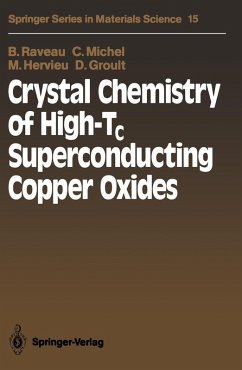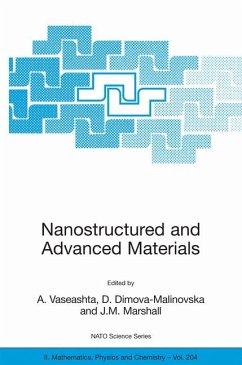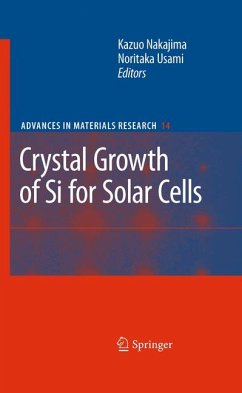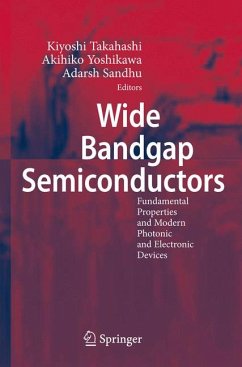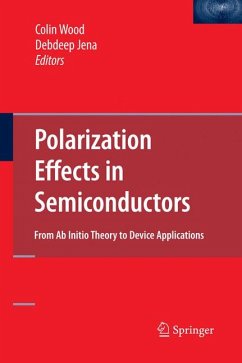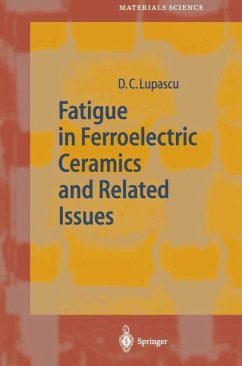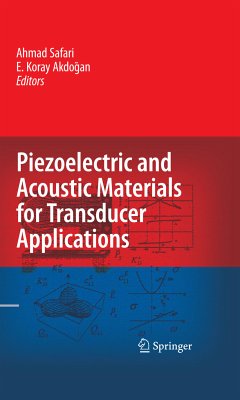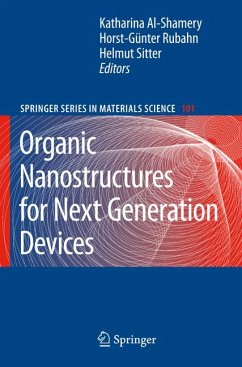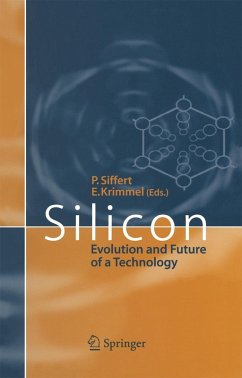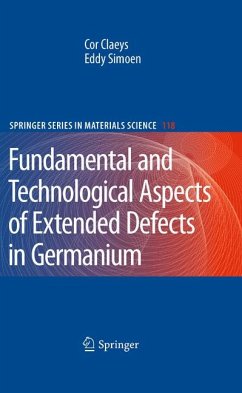
Extended Defects in Germanium (eBook, PDF)
Fundamental and Technological Aspects
Versandkostenfrei!
Sofort per Download lieferbar
112,95 €
inkl. MwSt.
Weitere Ausgaben:

PAYBACK Punkte
56 °P sammeln!
The aim is to give an overview of the physics of extended defects in Germanium, i.e. dislocations (line defects), grain boundaries, stacking faults, twins and {311} defects (two-dimensional defects) and precipitates, bubbles, etc. The first part covers fundamentals, describing the crystallographic structure and other physical and electrical properties, mainly of dislocations. Since dislocations are essential for the plastic deformation of Germanium, methods for analysis and imaging of dislocations and to evaluate their structure are described. Attention is given to the electrical and optical p...
The aim is to give an overview of the physics of extended defects in Germanium, i.e. dislocations (line defects), grain boundaries, stacking faults, twins and {311} defects (two-dimensional defects) and precipitates, bubbles, etc. The first part covers fundamentals, describing the crystallographic structure and other physical and electrical properties, mainly of dislocations. Since dislocations are essential for the plastic deformation of Germanium, methods for analysis and imaging of dislocations and to evaluate their structure are described. Attention is given to the electrical and optical properties, which are important for devices made in dislocated Ge. The second part treats the creation of extended defects during wafer and device processing. Issues are addressed such as defect formation during ion implantation, necessary to create junctions, which are an essential part in every device type. Extended defects are also created during the deposition of thin or thick epitaxial layers on other substrates, which are important for optoelectronic and photovoltaic applications. In brief, the book is intended to provide a fundamental understanding of the extended-defect formation during Ge materials and device processing, providing ways to distinguish harmful from less detrimental defects and should point out ways for defect engineering and control.
Dieser Download kann aus rechtlichen Gründen nur mit Rechnungsadresse in A, B, BG, CY, CZ, D, DK, EW, E, FIN, F, GR, HR, H, IRL, I, LT, L, LR, M, NL, PL, P, R, S, SLO, SK ausgeliefert werden.




